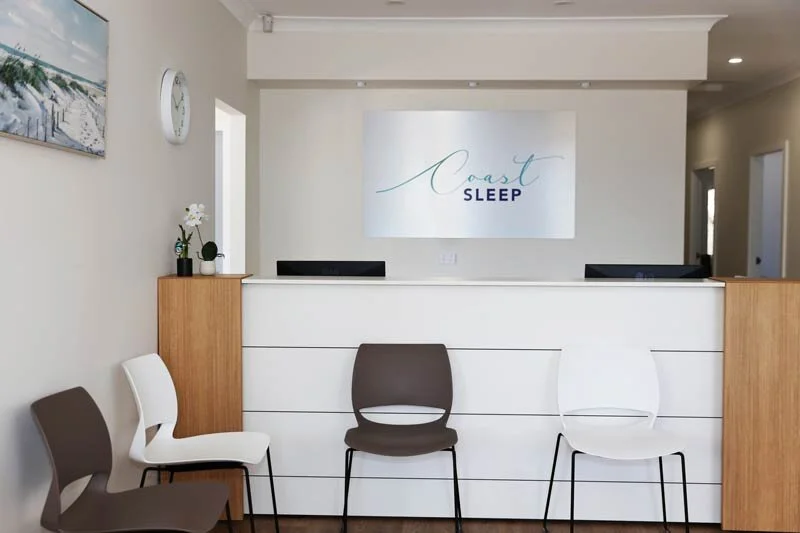
COAST SLEEP
Paediatric Sleep Centre
0–17 Years

Coast Sleep is a Paediatric Sleep Study Centre located on the Central Coast NSW
We are a specialist paediatric centre for diagnosing and treating children and adolescents from 0-17 years with sleep related difficulties. We are excited to bring you the first paediatric sleep clinic and laboratory in the Central Coast with state of the art equipment for overnight sleep studies. This is the ‘gold standard’ for measuring sleep parameters.
Our team compromises of a Paediatric Sleep Specialist, sleep scientists and sleep technicians.
Some common problems include snoring, mouth breathing, restless legs, choking and gasping in sleep or even witnessed pauses in breathing (apnoeas)
Difficulties in sleep can cause daytime fatigue and excessive sleepiness, and problems with behaviour and poor emotional regulation. It can affect attention and cognition resulting in problems with learning as well as long term effect on physical health and growth if left untreated.
What is a sleep study?
After a thorough medical history and relevant physical examination your sleep specialist will advise you if your child should have an overnight sleep study. You may also have been referred by your ENT surgeon, paediatrician, GP or dentist.
A sleep study (also known as a polysomnogram) is a test that records your childs sleeping pattern overnight.
During the sleep study, the following parameters are recorded and measured
Brain activity through EEG to determine sleep stage
Breathing rate and pattern
Oxygen saturations and transcutaneous Carbon Dioxide levels
Muscle activity and body position
Nasal air flow
Heart rate and rhythm
Eye movements
Sounds of snoring
All this data provides us with the information needed to diagnose obstructive sleep apnoea, central apnoeas, Narcolepsy, restless legs syndrome and other sleep related difficulties such as night terrors and sleep walking.
What happens in the lab?
A parent accompanies the child to the sleep lab in the early evening. They are dressed in their own comfortable pyjamas and are set up by the sleep technicians for the night.
After dinner, both child and parent get to sleep in separate beds or cot in the same room where the childs sleep is recorded using the equipment set up.
This is continuously monitored by the sleep technicians from a separate control room where they check on your childs sleep and ensure all equipment and sensors stay in place and that the recording is accurate.
The equipment is light and portable so that your children’s movement isn’t restricted. There are sensors that are placed on the head, under the chin and on the chest and legs which feedback through thin wires called electrodes which are secured safely. It is largely non invasive and painless. The nasal prongs (see picture above) are the only slightly uncomfortable piece of equipment but children often adapt to these quickly. You should be given some nasal prongs to ‘practice’ with at home when the sleep study equipment is made so that your children adapt easily and are comfortable with it.



